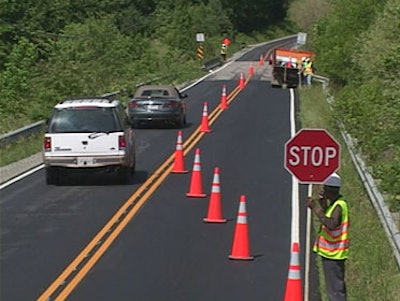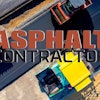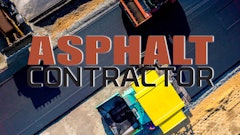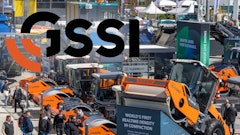
In 1985, the American Road & Transportation Builders Association’s Transportation Development Foundation (ARTBA-TDF) brought together construction executives and public agency officials for the first-ever “National Conference on Highway Work Zone Safety.” The association did it again Sept. 20-22 with representatives from nearly all 50 states and the District of Columbia gathered in Springfield, VA, for the “National Work Zone Management & Safety Conference.” The event discussed the latest ideas, best practices and promising new technologies to prevent crashes and save lives in U.S. roadway work zones. It was the 20th such ARTBA-TDF event in the past 31 years.
According to data from the U.S. Federal Highway Administration (FHWA), nearly 50,000 people are injured or killed in work-zone related incidents annually.
“Safety has been a core focus of the association’s mission since it was founded in 1902,”says Bradley Sant, ARTBA senior vice president of safety and education. “Our goal in hosting this conference is to bring together under one roof, public and private sector interests to talk to each other and share ideas about how to reduce the human and economic costs of roadway construction zone accidents. Some of the best ideas are not presented in formal sessions, but come from informal conversations in the hallways, over lunch and during networking breaks.”
Attendees participated in several dozen sessions and workshops covering these topics:
- Autonomous and Connected Vehicles;
- Use of Variable Speed Limits;
- Real Time Monitoring;
- Incident Management;
- Disabled Persons, Pedestrian and Bicycle Accommodation;
- New Technologies, and;
- Best Practices for Traffic Merging
“It’s really good to get together with other state DOT peers and discuss work zone issues we have in common and put forward possible solutions to those issues,” says David Rush, work zone safety program manager for the Virginia Department of Transportation.
Interacting with fellow attendees and networking were highlights for Crystal May, vice president of safety and environmental operations for Oldcastle Materials Group. “I really enjoyed the zipper merge presentation. We need to work harder to get this message out to our states,” she said. Zipper merging is a traffic control concept used where two lanes drop to one (common in work zones). It directs motorists to take turns merging at a designated point, like a zipper coming together.
The conference is hosted by the ARTBA-TDF’s National Work Zone Safety Information Clearinghouse (www.workzonesafety.org), which is the world’s largest online resource on roadway construction zone safety.



















